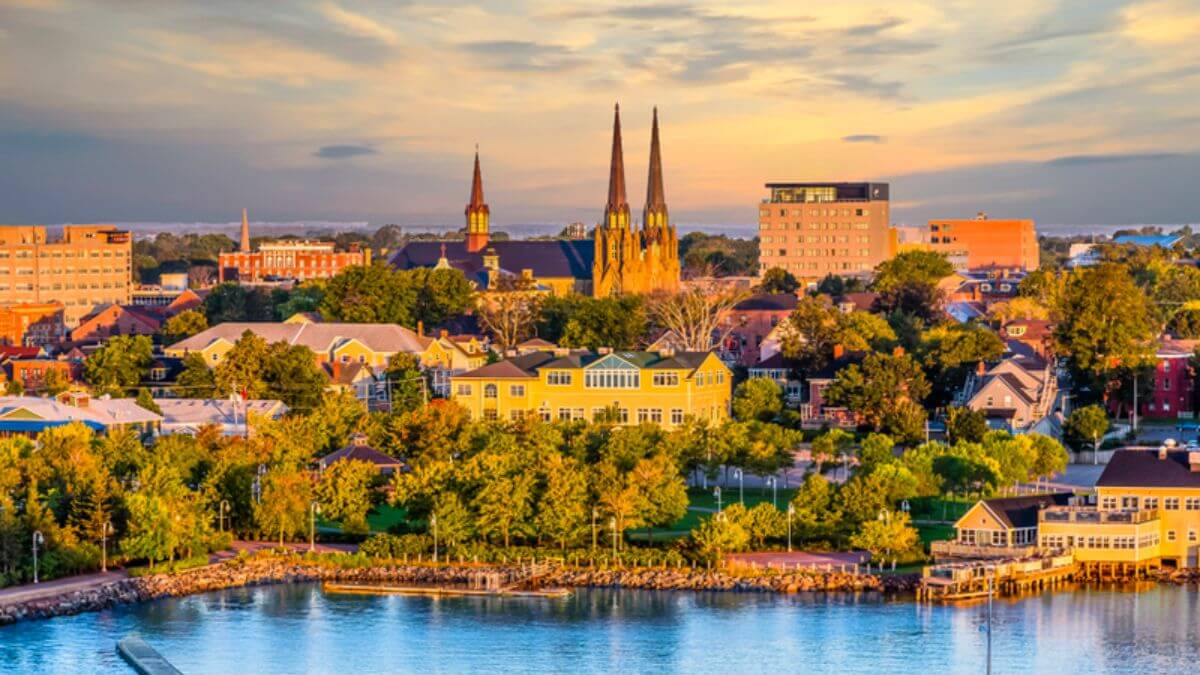Tourists are drawn to the pastoral charms of a rolling green patchwork of fields coupled with a coastline of sandy beaches and spectacularly eroded cliffs studded with lighthouses. With attractions such as the house and location for one of the most beloved characters in children’s literature, a seashore national park, and a biking route that runs from one tip of the island to the other, Prince Edward Island (PEI for short) provides something for every sort of tourist.
This list of the top tourist attractions on Prince Edward Island will help you find the best locations to visit and things to do.
The Prince Edward Island National Park
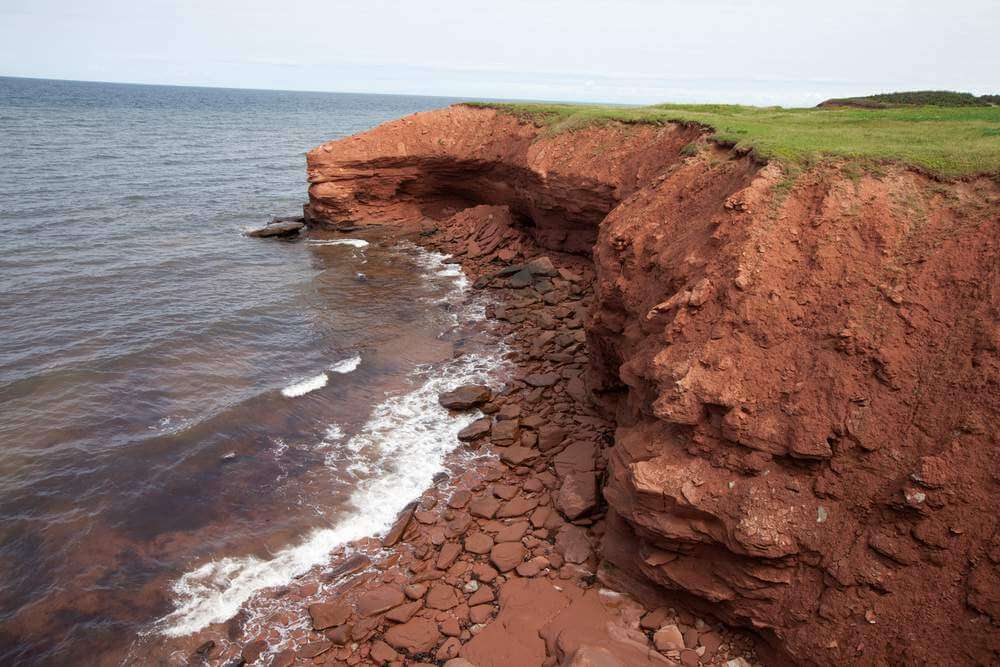
The Prince Edward Island National Park encompasses many of the island’s middle and northern shore. Beaches, animal viewing, outdoor activities, historic buildings, and other attractions are available in three portions of the park. Camping and picnic areas cater to families and outdoor enthusiasts.
Dalvay-by-the-Sea ancient mansion, located in the park’s center section, was formerly a regal summer home and is now a hotel and restaurant near Brackley and Stanhope Beaches. The more isolated Greenwich region, beyond St. Peters Bay, at the park’s eastern extremity, offers the isolation that the remainder of the park lacks, with a dune-backed beach and boardwalk pathways well suited to bird-watching for the park’s 300-plus species.
The Arts Confederation Centre
This cultural institution, which opened in 1964 as a Confederation landmark, houses an art gallery, museum, and two theaters. Each year, as part of the Charlottetown Festival, the Confederation Centre of the Arts stages the Anne of Green Gables musical. It’s right across the street from Province House National Historic Site, which was the site of the 1864 Charlottetown Conference, where the concept of Canada was formed.
In addition to their regular theatrical and musical performances program, the Confederation Players offer Walking Tours in July and August. The actors, dressed as the Fathers and Ladies of Confederation, promenade through Charlottetown’s historic neighborhood, putting the Confederation’s leaders and times into cultural and historical context.
Charlottetown
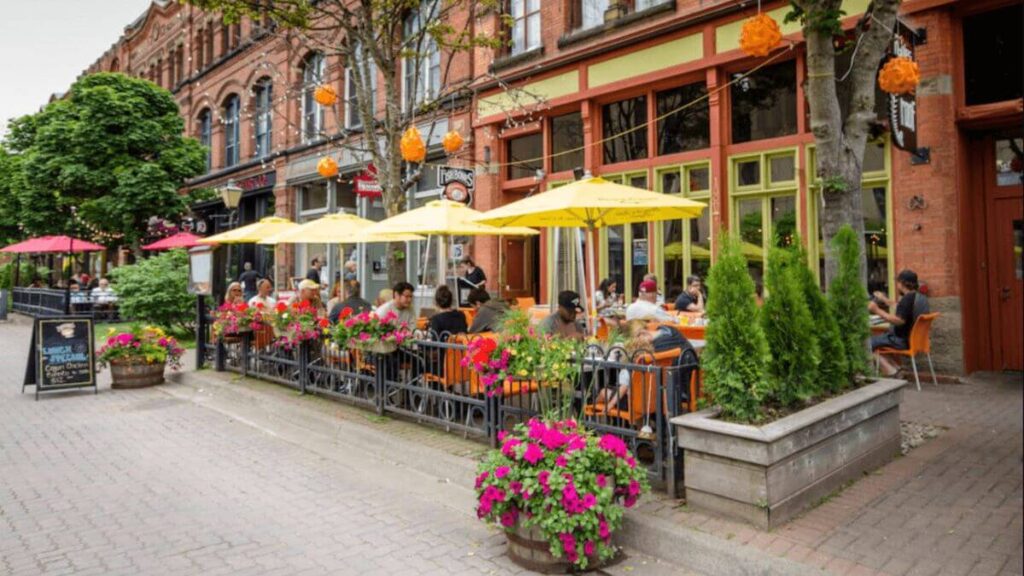
Charlottetown exudes Victorian-era elegance while maintaining a surprising small-town atmosphere. The downtown streets are lined with heritage structures, such as the grandiose St. Dunstan’s Basilica and the exquisite Beaconsfield Historic House. The Confederation Centre of the Arts is the city’s principal cultural center, with an art gallery, museum, and theaters where the Anne of Green Gables production is produced each summer.
Province House National Historic Site, located across the street from the center, hosted the Charlottetown Conference in 1864 to explore confederation. PEI did not join the union until 1873.
The picturesque Victoria Row, a traffic-free lane of well-kept Victorian buildings south of the Confederation Centre of the Arts, is a highlight for visitors. Many of these previous residences are now stores and restaurants. A magnificent walkway fronts the port and continues out to Victoria Park, where old defenses at Prince Edward Battery can be found.
Sights from Anne of Green Gables Tour
As Juliet did with Verona, the fictional Anne of Green Gables has grabbed readers’ and viewers’ imaginations to such an extent that she has endowed the location for her story with its own charm. Lucy Maud Montgomery, Anne’s author, lived in Cavendish, and it became the legendary Avonlea of Anne’s childhood in her 1908 book that kicks off the series.
Montgomery’s uncle owned the green-roofed farmhouse, Green Gables, and the surrounding property, which she frequently visited as a youngster. It is presently designated as a National Historic Site. You can also tour the grounds of Montgomery’s boyhood home in Cavendish, where a collection of her paintings is on sale.
Visit the lighthouses along the Points East Coastal Drive.

The Points East Coastal Drive explores the island’s eastern extremity, which features stunning beaches, unusual dune systems, and lighthouses. Along the well-marked drive, there are six lighthouses open to visitors throughout the summer, each with its own narrative to tell.
The Wood Islands Lighthouse, located near the ferry terminal in Wood Islands Provincial Park, houses exhibits on the area’s maritime history and acts as a lookout point. The oldest lighthouse on the island is Point Prim, and the oldest wooden lighthouse on the island is Panmure Island Lighthouse.
The Cape Bear Lighthouse is reported to have been the first Canadian land station to receive the Titanic’s distress signals. The Souris Historic Lighthouse contains an interpretive center with displays on the development of sea glass and the history of the light and port. East Point Lighthouse, located at the end of the picturesque drive, offers an elevated view of the tidal waters.
Bridge of Confederation
Confederation Bridge, completed in 1997, traverses the Northumberland Strait, connecting Prince Edward Island to mainland Canada for the first time and fulfilling the promise of a permanent link established when PEI joined Confederation in 1873. Prior to the bridge, the only way to cross the island was by ferry here or at the island’s eastern extremity at Wood Islands.
The 12.9-kilometer bridge is the world’s longest over frozen water and is regarded as one of Canada’s greatest engineering achievements of the twentieth century. Crossing the curving bridge from New Brunswick is an exciting event, and the first town travelers to arrive in PEI is Borden-Carleton, where they receive the best view of the magnificent bridge.
Basin Head Provincial Park
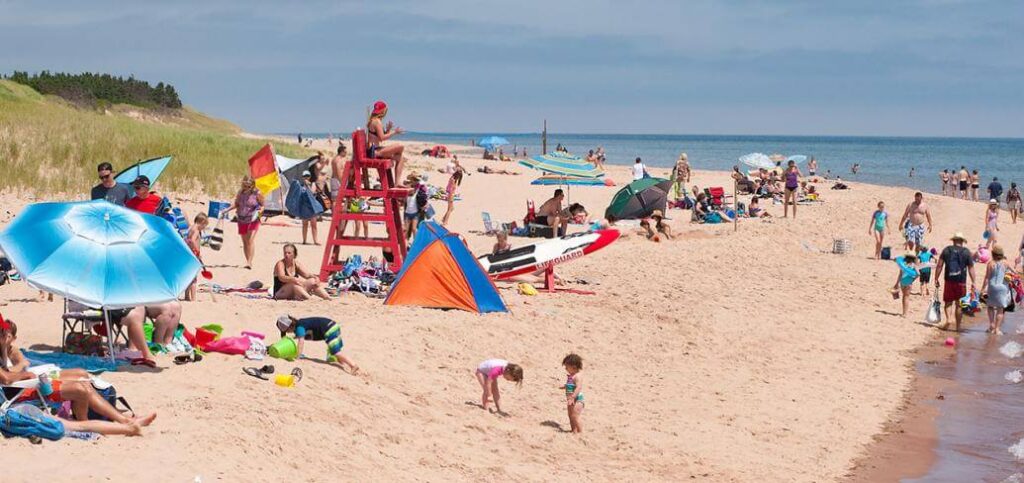
This beach and provincial park on Points East Coastal Drive is a popular destination. Visitors like scuffing their feet down the sands in an attempt to make a characteristic “singing” noise, and the squeaky beach is known as Singing Sands. The high concentration of silica and quartz in the fine sand causes the squeak.
The beach at Basin Head spans for miles, and the warm summer waves are ideal for swimming. There is plenty of beach for wandering and beachcombing in solitude beyond the most popular location, where there are showers and picnic shelters.
Deep-sea fishing
Almost every harbor on PEI has fishing boats, and several of the north shore villages have boats that specialize in taking tourists out for a morning of deep sea fishing. Several of these are near the national park, particularly North Rustico, Kensington, and Stanley Bridge, where mackerel is the most commonly caught species.
North Lake, at the island’s far eastern end, is recognized as “The Tuna Capital of the World,” and there are several charter operators who will take you in search of fish in the waters between PEI and Cape Breton Island. These can weigh up to 1,200 pounds, so landing one of these beasts will be a tremendous struggle.
The North Cape
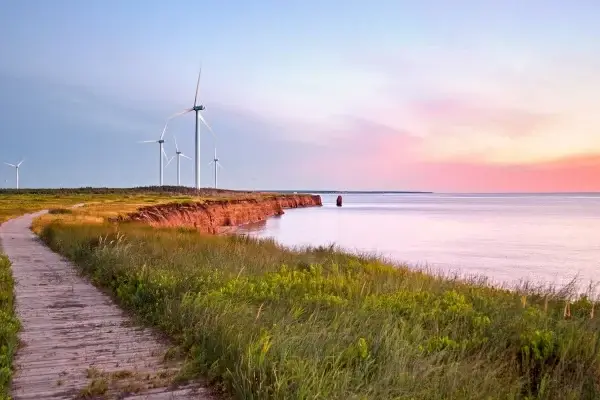
North Cape rises like a sharp-pointed arrow into the Gulf of St. Lawrence, with North Cape Lighthouse at its tip. This entire western portion of the island is less visited than the rest of PEI, from Cedar Dunes Provincial Park in the south to North Cape, giving its little villages and farmland a calm, almost hidden atmosphere.
The 350-kilometer North Cape Coastal Drive, a marked highway that follows the coast from one magnificent vista and little settlement to the next, cuts through its middle, but the most scenic way to explore it is via Route 2. The high red sandstone cliffs have crumbled into ragged patterns in some places, descending to little sandy beaches in others. There are numerous seafood restaurants along the road, or you may take to the ocean in a kayak or on a deep-sea fishing adventure.
The windswept North Cape is a great site for towering turbines, which convert the copious wind into energy at one of Canada’s foremost wind test institutes. Exhibits at the North Cape Interpretive Centre explain the procedure. The wind farm is close to nature trails and the North Cape Lighthouse.
Summerside
Summerside is Prince Edward Island’s second-largest city. The island’s western center boasts many historic buildings, a gorgeous waterfront sector, and a thriving cultural scene. The College of Piping and Celtic Performing Arts of Canada hosts summer outdoor concerts of Celtic music and dance in the city, while the Eptek Art & Culture Centre showcases local history and works by island artists.
The Acadian Museum, which delves into the history of Prince Edward Island, dates back to 1720 and the first European settlement on the island, Port La Joye. The International Fox Museum and Hall of Fame is another one-of-a-kind museum that chronicles the history of attempting to breed foxes in captivity. Its exhibits are situated in the Holman Homestead, a former mercantile magnate’s home.
Top 6 Green Spots In Canada That Will Make You Feel Like You’re In A Tropical Rainforest
